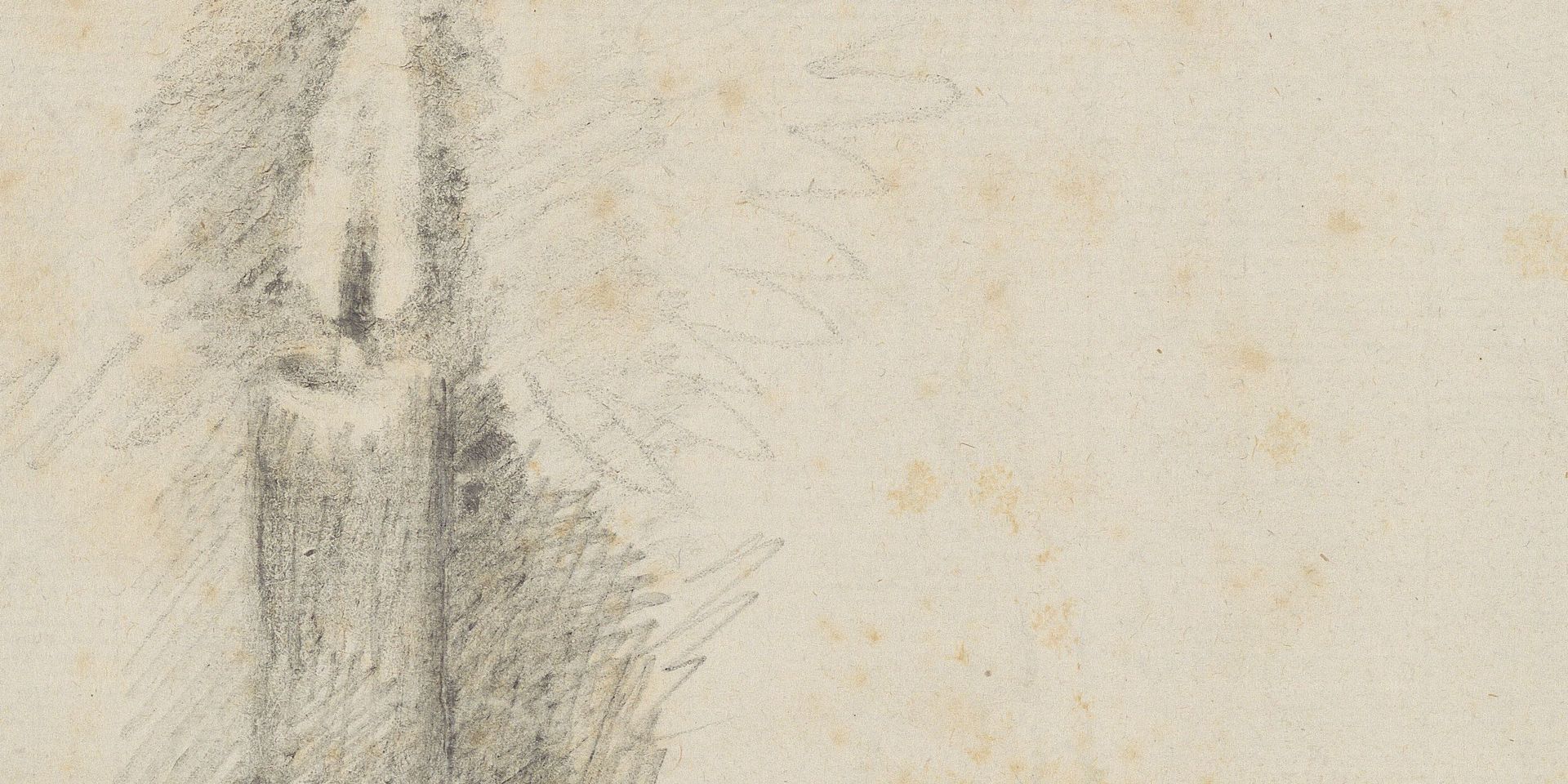Projects of the Klassik Stiftung Weimar are funded by the European Regional Development Fund (ERDF) and the Free State of Thuringia, represented by the State Chancellery of Thuringia, Department of Culture and the Arts.


With the rise of the middle-class family (1800), German society witnessed greater emotional coexistence and home interiors that were aesthetically and practically oriented. The exhibition presents fascinating examples that vividly illustrate this development.
Nowadays, living means embracing the comfort of one’s place of residence. This idea first developed around 1800. It was a time when society recognised the emotional value of middle-class family life and placed greater value in interior design in terms of practicality and aesthetics. How did people with varying incomes live around that time? How much money did Goethe’s family spend for household goods? How and where did the domestic servants live? What can delivery invoices listing transported furniture and goods tell us about the everyday life of families? This social-historical exhibition addresses these and other fascinating questions.